Badgers have long been a beloved part of the British countryside, featuring in classic literature and folklore. These striped mammals, with their distinctive black and white faces, are more complex and fascinating than many people realise. From their impressive digging abilities to their surprising social structures, badgers have many secrets waiting to be discovered. Whether you’ve spotted one in your garden or simply admire them from afar, these facts will deepen your appreciation for these remarkable creatures and the vital part they play in our natural world.
Badgers Are Expert Diggers
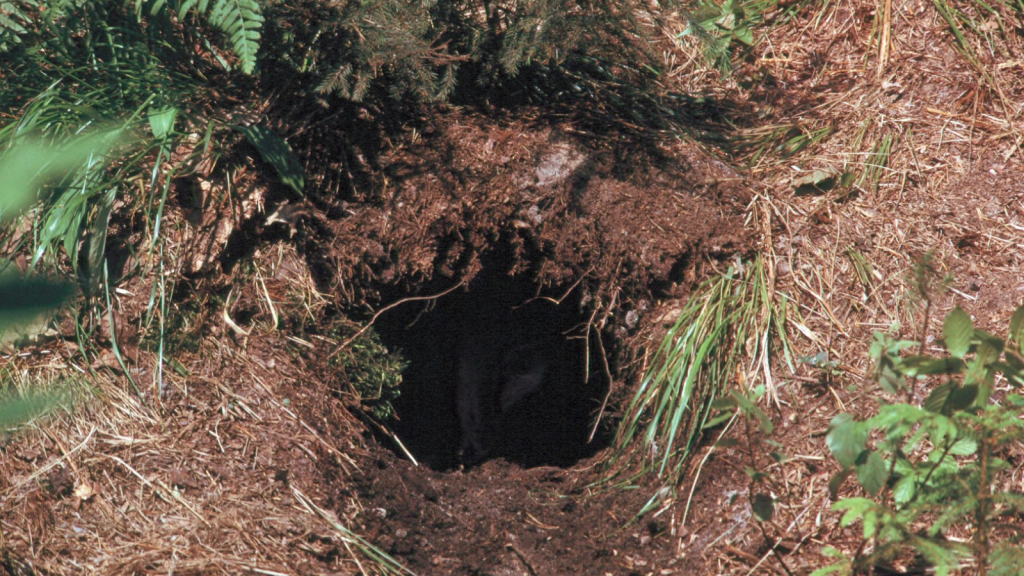
Badgers are incredible diggers, able to shift up to 40 kg of soil in a single night. Their powerful claws and muscular bodies allow them to create extensive underground networks called setts. These setts can be centuries old and passed down through generations of badger families. A single sett can have up to 50 entrances and stretch over 300 metres underground.
They Have a Sweet Tooth
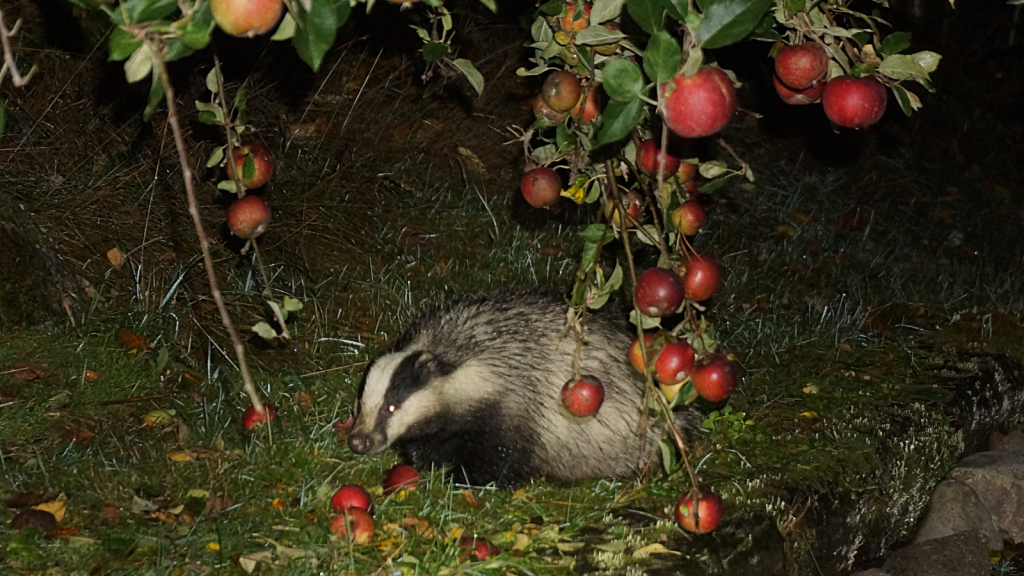
While badgers are omnivores, they have a particular fondness for sweet foods. They love honey and will risk bee stings to raid hives. In autumn, they gorge on blackberries and other fruits to fatten up for winter. This sweet tooth extends to human food too, with badgers known to raid bins for sugary treats in urban areas.
Badgers Live in Large Family Groups
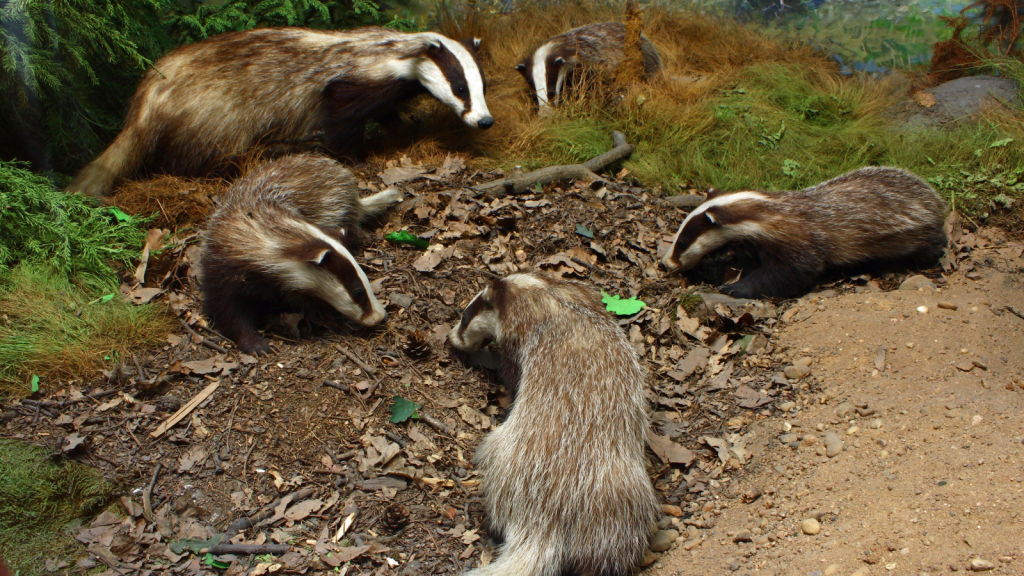
Unlike many mammals, badgers live in large family groups called clans. These clans can consist of up to 15 individuals, with a dominant breeding pair and their offspring. They share the same sett and defend their territory together. Interestingly, badgers from different clans may occasionally share setts, showing a level of social flexibility uncommon in territorial animals.
They Have Excellent Hearing and Smell
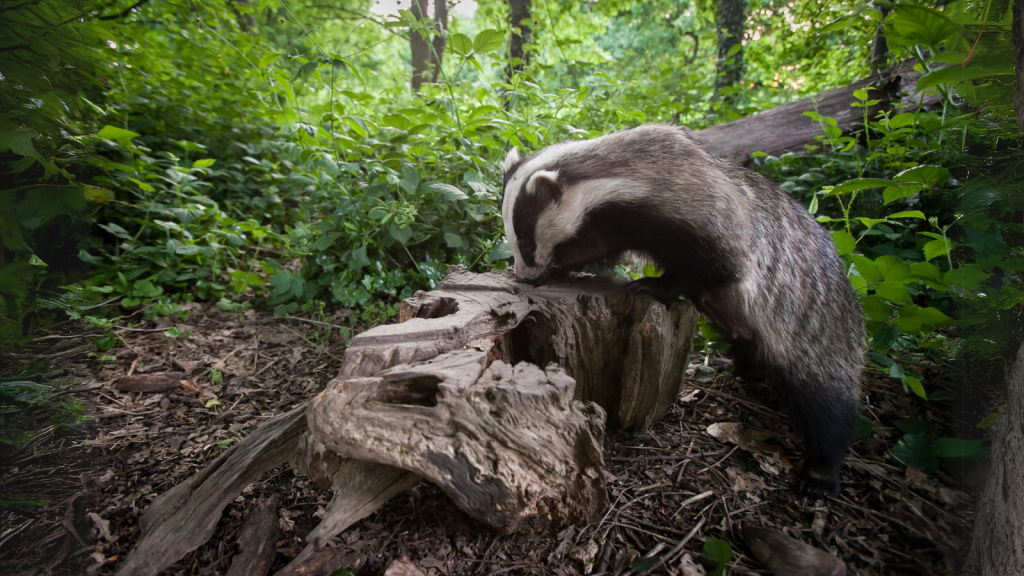
Badgers rely heavily on their keen sense of hearing and smell to navigate and find food. Their hearing is so sharp they can detect earthworms moving underground. Their sense of smell is equally impressive, allowing them to sniff out food buried deep in the soil. These senses are so finely tuned that badgers can locate and dig up a single earthworm from several centimetres below the surface.
Badgers Are Surprisingly Fast

Despite their stocky build, badgers can run at speeds of up to 30 km/h over short distances. This unexpected agility helps them escape from predators and catch swift prey. Their short legs and low-slung bodies also make them excellent at navigating through dense undergrowth at speed.
They Have Legal Protection in the UK
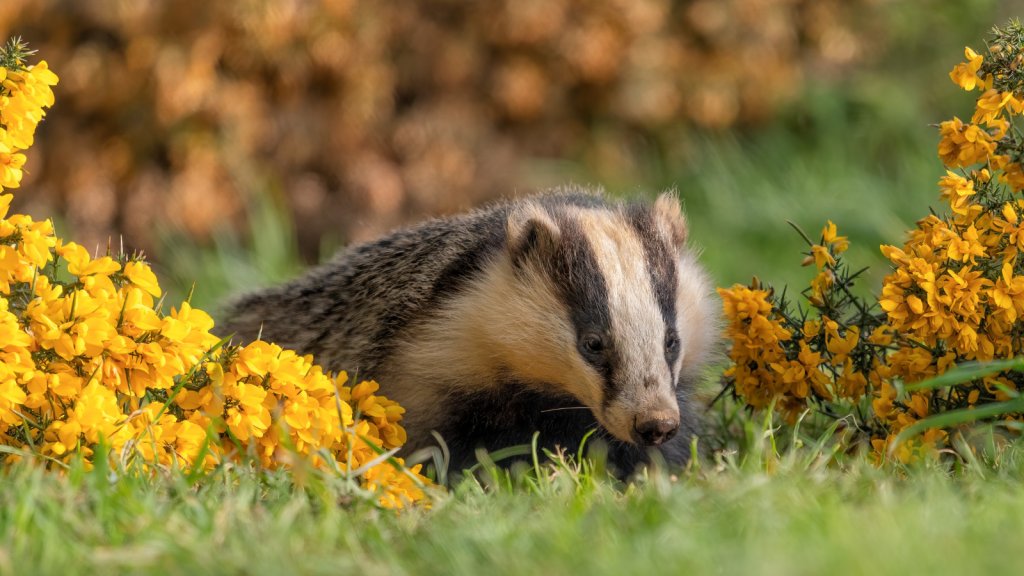
Since 1992, badgers and their setts have been protected by law in the UK. It’s illegal to kill, injure, or disturb badgers, or to damage or destroy their setts without a special licence. This protection extends to development projects, which must consider badger habitats in their planning and execution.
Badgers Are Excellent Swimmers
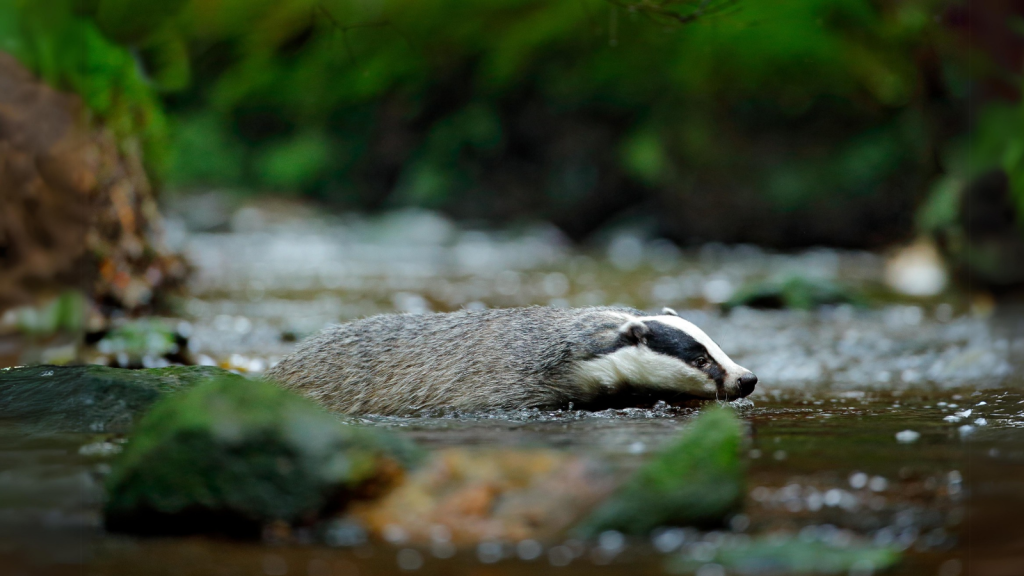
While they’re not often associated with water, badgers are capable swimmers. They can cross rivers and even dive to catch fish or crayfish when the opportunity arises. Their dense fur provides insulation, allowing them to swim in cold water without difficulty.
They Have a Unique Grooming Routine
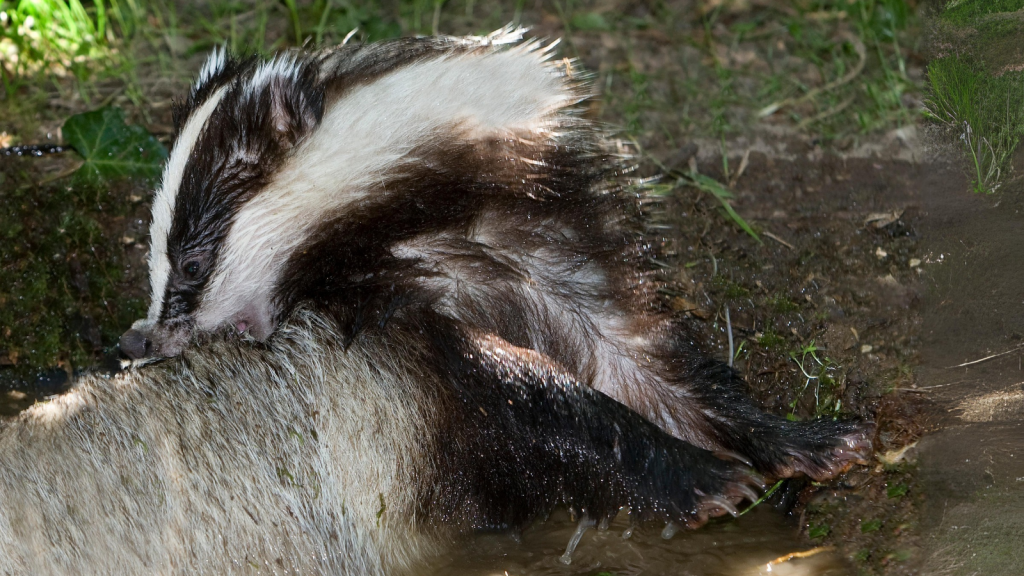
Badgers are fastidious about cleanliness and have a unique grooming routine. They use their long claws to comb through their fur and even help groom their clan mates, strengthening social bonds. This grooming behaviour also helps distribute natural oils through their fur, maintaining its water-resistant properties.
Badgers Can Live for Over a Decade
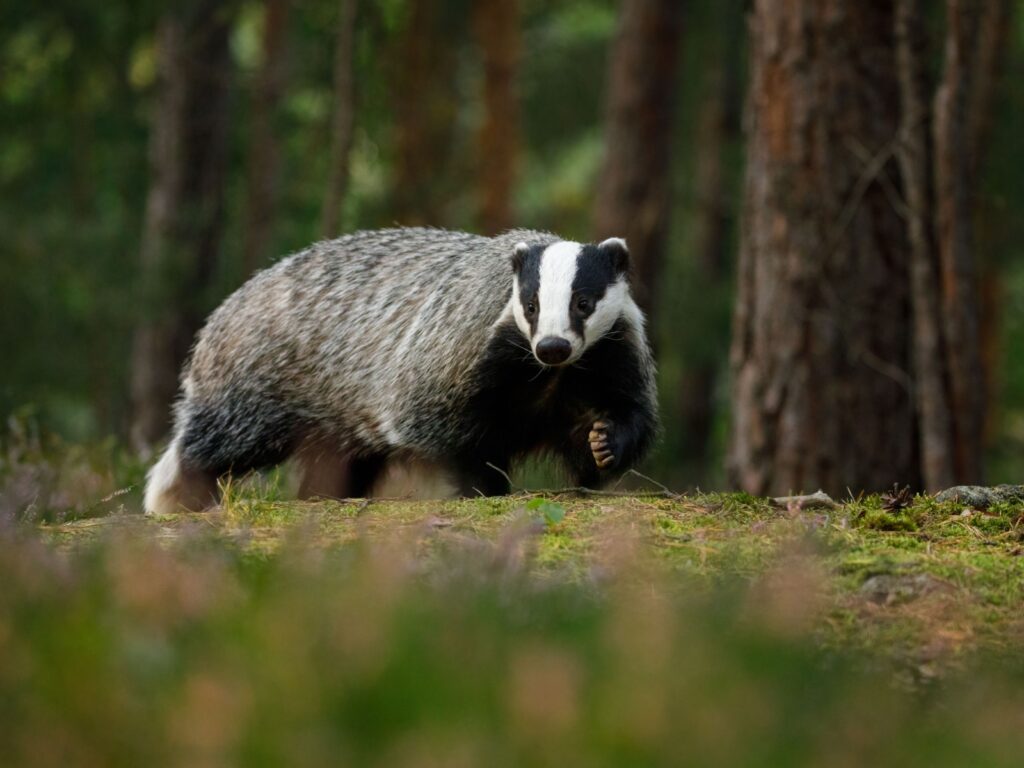
In the wild, badgers typically live for 5-8 years. However, with good conditions and luck, they can survive for up to 14 years. In captivity, they’ve been known to live even longer. The oldest recorded badger lived to be 19 years old in a wildlife park.
They Have a Complex Communication System
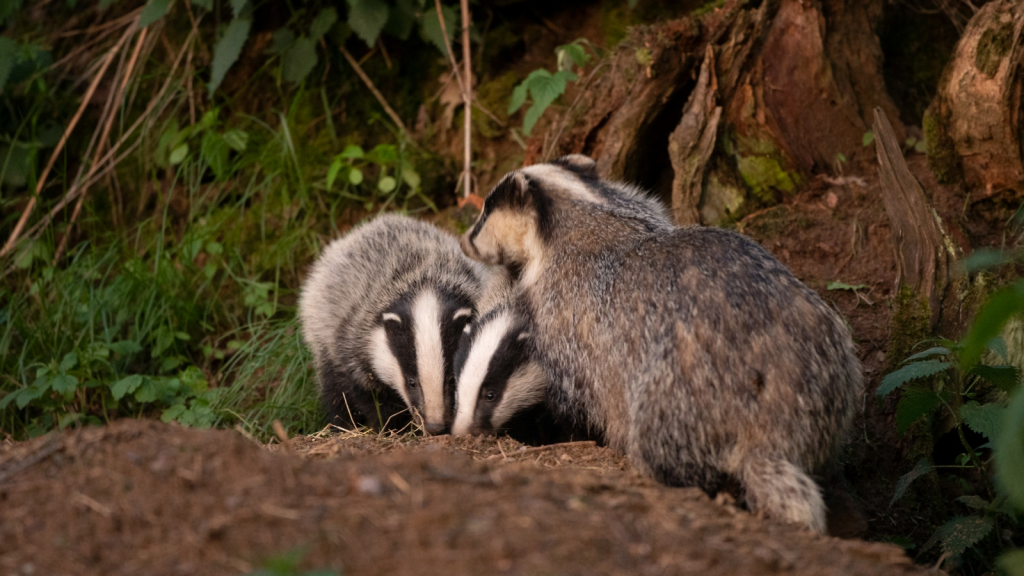
Badgers use a variety of vocalisations and body language to communicate. They can produce over 16 different sounds, from loud warning cries to soft chirps used between mothers and cubs. They also use scent marking extensively, with special glands near their tails for leaving olfactory messages.
Badgers Are Crepuscular
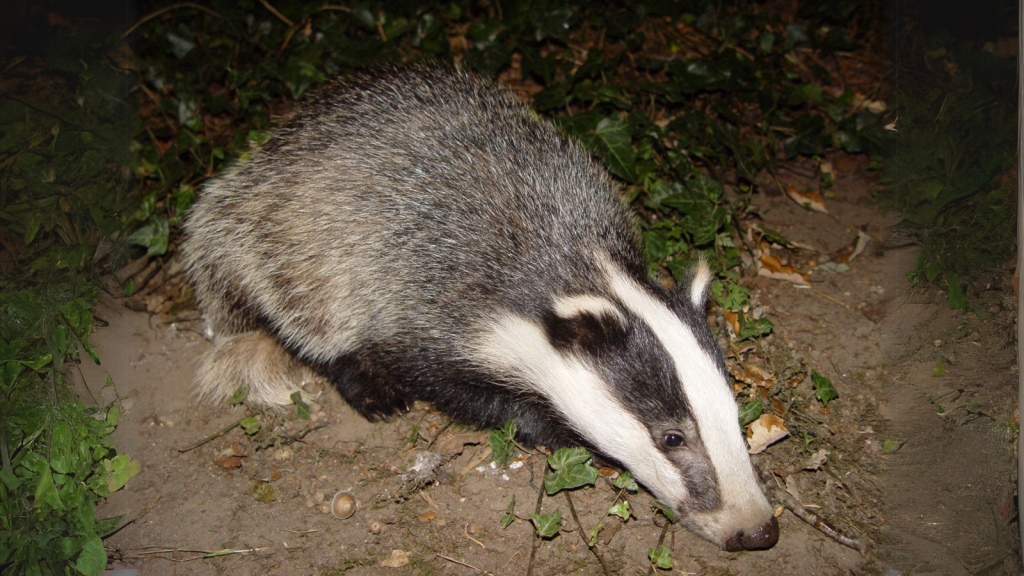
Unlike many nocturnal animals, badgers are crepuscular, meaning they’re most active during twilight hours. This behaviour helps them avoid both daytime heat and nighttime predators. Their eyes are adapted for low-light conditions, with excellent night vision that aids their twilight activities.
They Have Striped Faces for a Reason
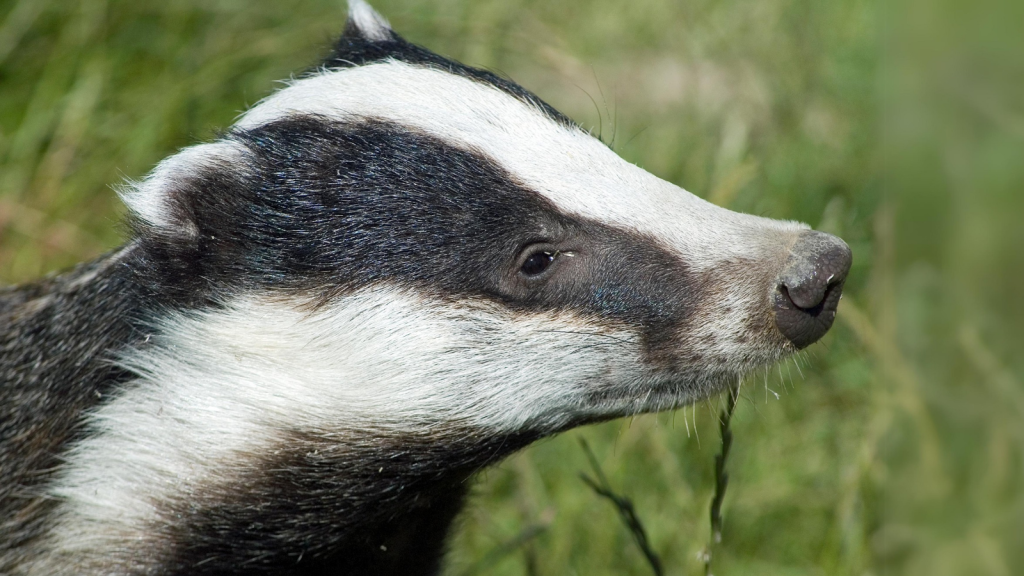
The distinctive black and white stripes on a badger’s face serve as a warning to predators. This bold pattern, combined with their powerful jaws and sharp claws, helps deter potential threats. The stripes may also help badgers recognise each other in the dark, aiding social interactions.
Badgers Have Seasonal Diets
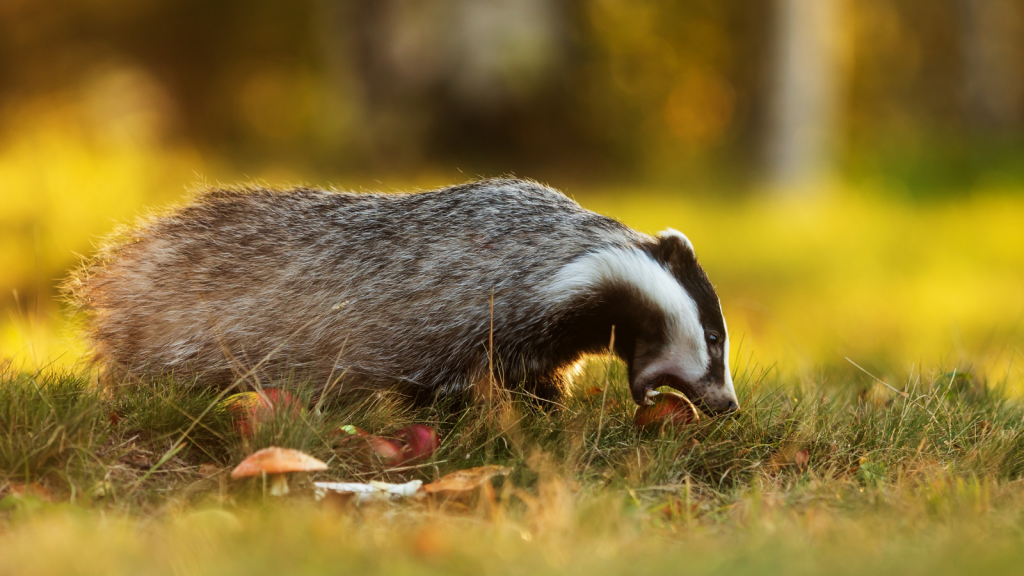
A badger’s diet changes with the seasons. In spring and summer, they eat mainly earthworms and insects. In autumn, they switch to fruits and nuts, while in winter they rely more on small mammals and stored fat. This dietary flexibility allows badgers to thrive in various habitats and adapt to changing food availability.
They’re Related to Otters and Weasels
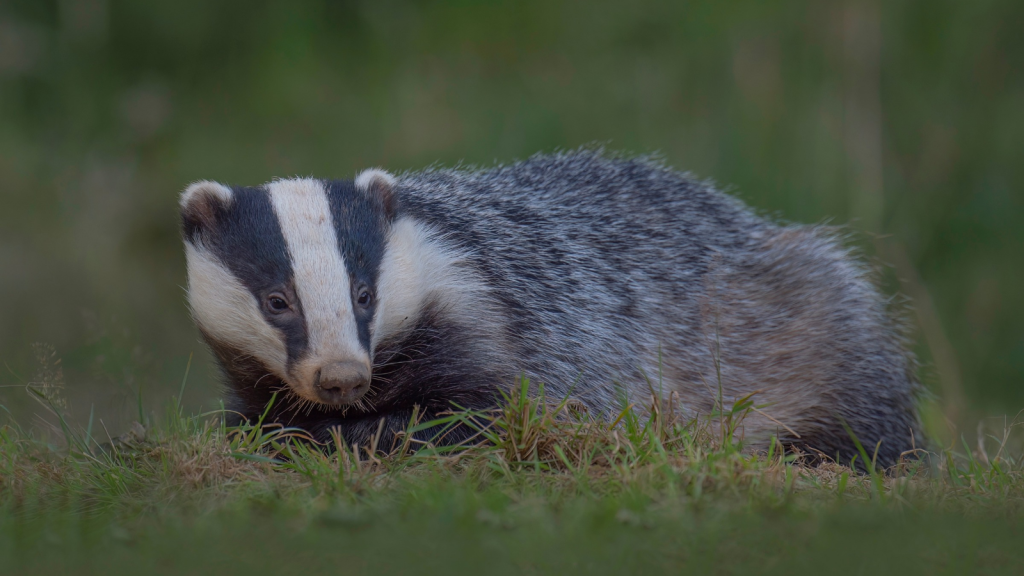
Badgers belong to the mustelid family, which includes otters, weasels, and wolverines. This diverse family is known for its intelligent and adaptable members. Like their relatives, badgers have scent glands that produce a strong, musky odour used for marking territory and communication.
Badgers Help Control Pest Populations
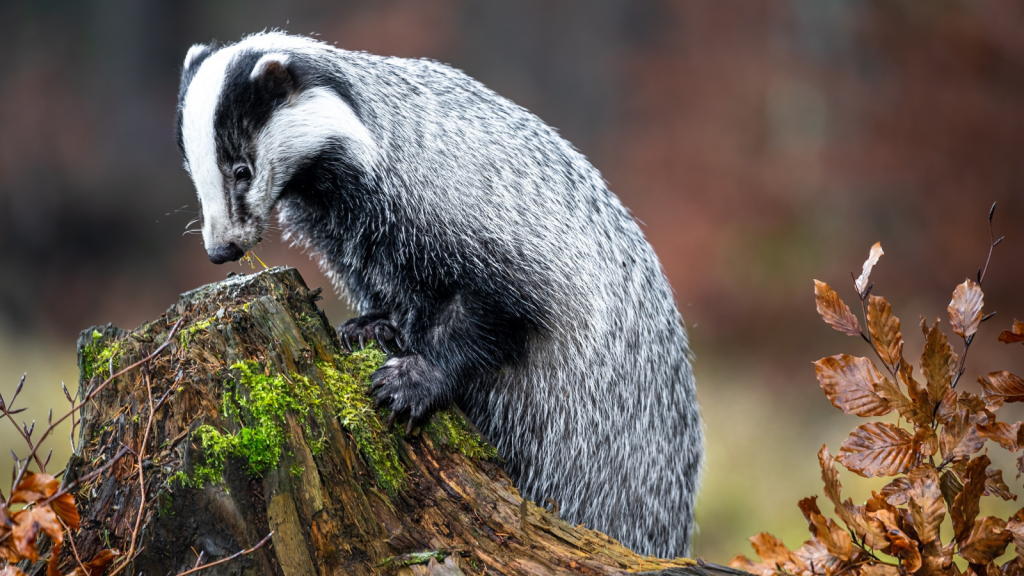
By eating small rodents and insects, badgers help control pest populations. This natural pest control benefits farmers and gardeners, highlighting the badger’s importance in maintaining ecological balance. A single badger can eat up to 200 earthworms in a night, which helps aerate the soil and improve its quality.



